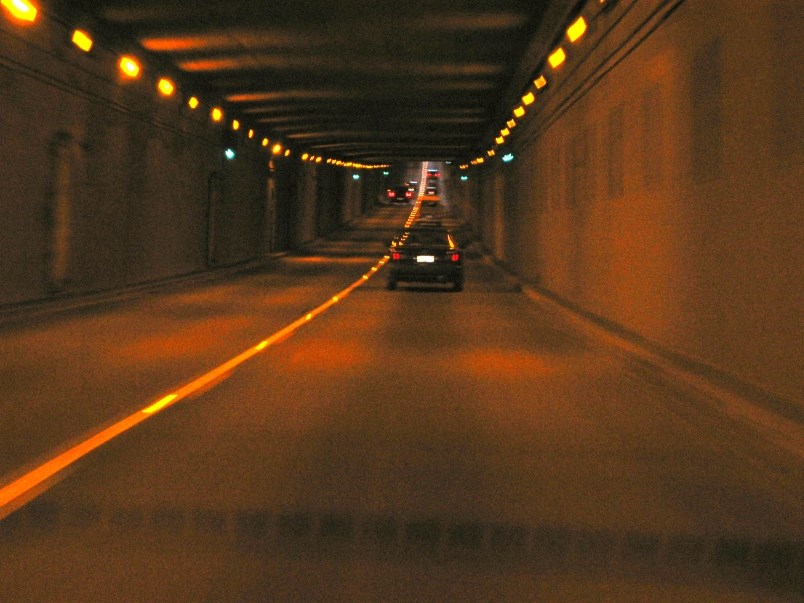There’s not much doubt the Massey Tunnel replacement bridge is dead, but there are conflicting accounts about why and when the NDP made the decision to kill it.
The post-mortem on the passing of the project, which would have eased the tunnel gridlock that greets Vancouver-bound traffic coming off the ferry, started Tuesday in the legislature. Politics at this point is considered the prime cause of death.
It was only made official last week, when Transportation and Infrastructure Minister Claire Trevena confirmed the huge project is on hold. Her ministry’s service plan states that further engagement with Metro Â鶹´«Ă˝Ół»politicians is needed, and an independent technical review is being ordered up “to ensure all options are fully explored for the crossing in the broader context of how the crossing fits into the regional and provincial transportation priorities.”
That means all future work “has been cancelled while the review is underway.”
The soaring 10-lane bridge that was envisioned to replace the seismic nightmare that is the jam-packed four-lane tunnel under the Fraser River sprang to life with an announcement from former premier Christy Clark in 2012.
Like every single transportation idea in the Lower Mainland, it touched off a big argument. In the four years of prep work that followed, it never got anything close to regional support. (Considering how many Islanders funnel daily through the tunnel, it’s strange how left out they were in the consultation about how to fix the mess.) The NDP aligned itself early on with critics of the new bridge.
The official word is that review will be finished in the spring of 2018 and will include recommendations on the best option for the river crossing. Then the cabinet will “determine the next steps to address congestion along the corridor.”
That means redoing all the consultation that was done over the past four years that eventually produced the bridge idea, on which about $90 million in government and B.C. Hydro money has already been spent. And it puts the project back at least four years, likely much longer.
But Liberals cast doubt on that official version Tuesday, leaking a document they said was an NDP election platform worksheet.
Headed “This is What Bold Looks Like,” it said the party was going to commit to several rapid transit projects. “We’ll pay for this instead of replacing the Massey Tunnel.”
That suggests the party’s intention, at least during the campaign, was to just cancel it outright and do nothing at all about the gridlock.
Considering it’s the worst bottleneck in B.C., the only reason to ignore it would be because it was a Christy Clark dream project that was announced arbitrarily as a crowd-pleaser at a time when she needed something appealing to run on. Even so, there are about 80,000 daily tunnel users — including some south Islanders — who care a lot more about just solving the gridlock than the motivations for doing it.
Liberals threw in another tantalizing element during question period, the revelation that the project looked to be coming in almost $1 billion under budget.
A briefing note for Trevena’s Liberal predecessor, Todd Stone, said the lowest proponent price was $900 million less than the original estimate. It was written in June and also noted that cost increases of up to $250 million would be incurred if a deal with a contractor wasn’t closed by August.
That’s obviously gone by the wayside now. Costs for whatever comes next — if anything — have nowhere to go but up.
Trevena cited the Liberals’ own problems building earlier projects and said she wouldn’t take any lessons on math or bridges from Stone. The replacement bridge was a “pet project” of Clark’s, she said. The new government wants to get “buy-in from everyone who is concerned and living in that region.”
But getting a consensus on a big transportation project in Metro Â鶹´«Ă˝Ół»is almost impossible.
Nonetheless, Trevena said: “We’re going out to talk to the mayors, who we need, to ensure that it matches their vision, whatever we do.”
Good luck with that.
Trevena agreed the congestion is bad. But agreeing to a “vision” on what to do about it will turn the bridge into a mirage for years to come.



